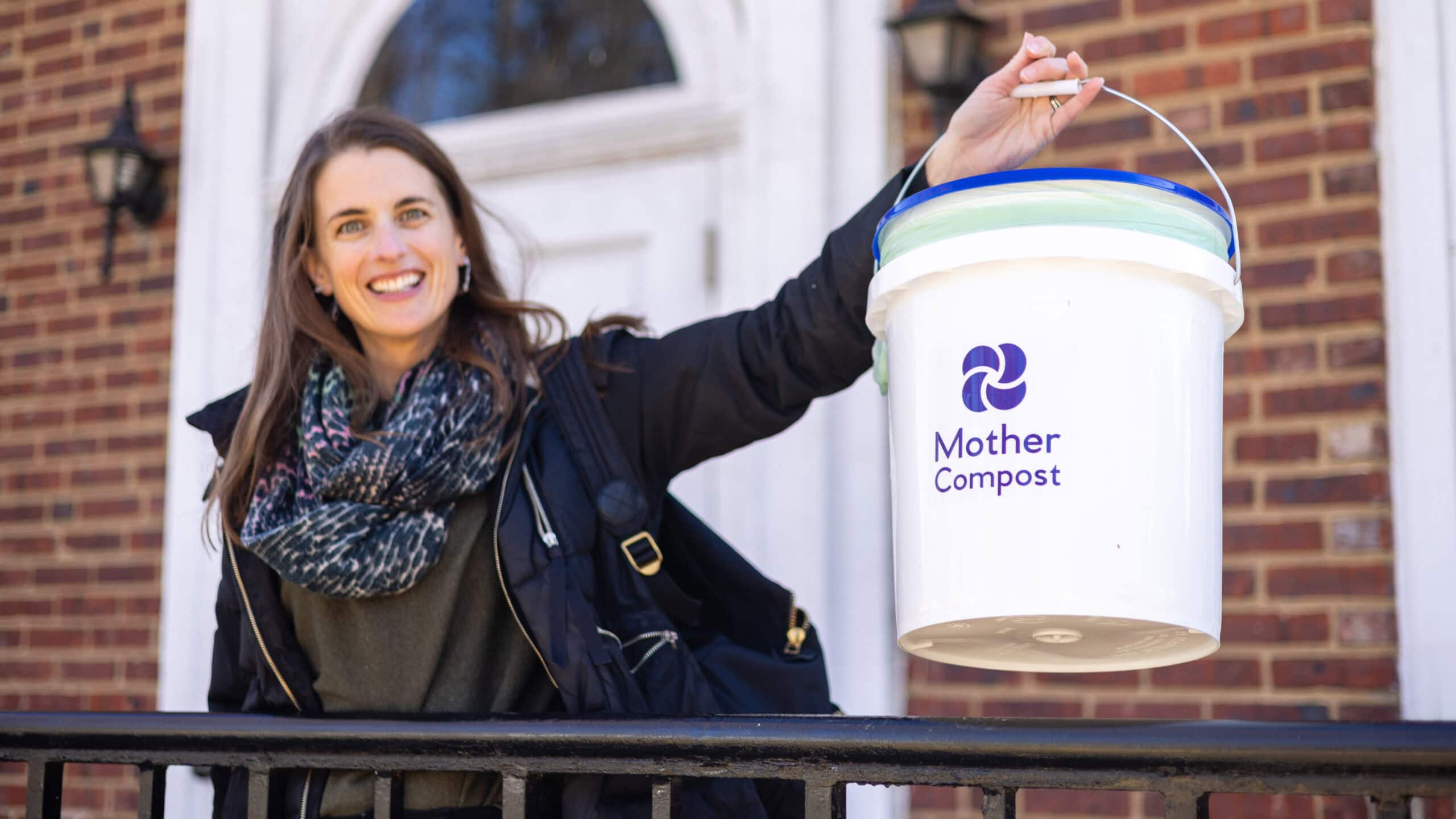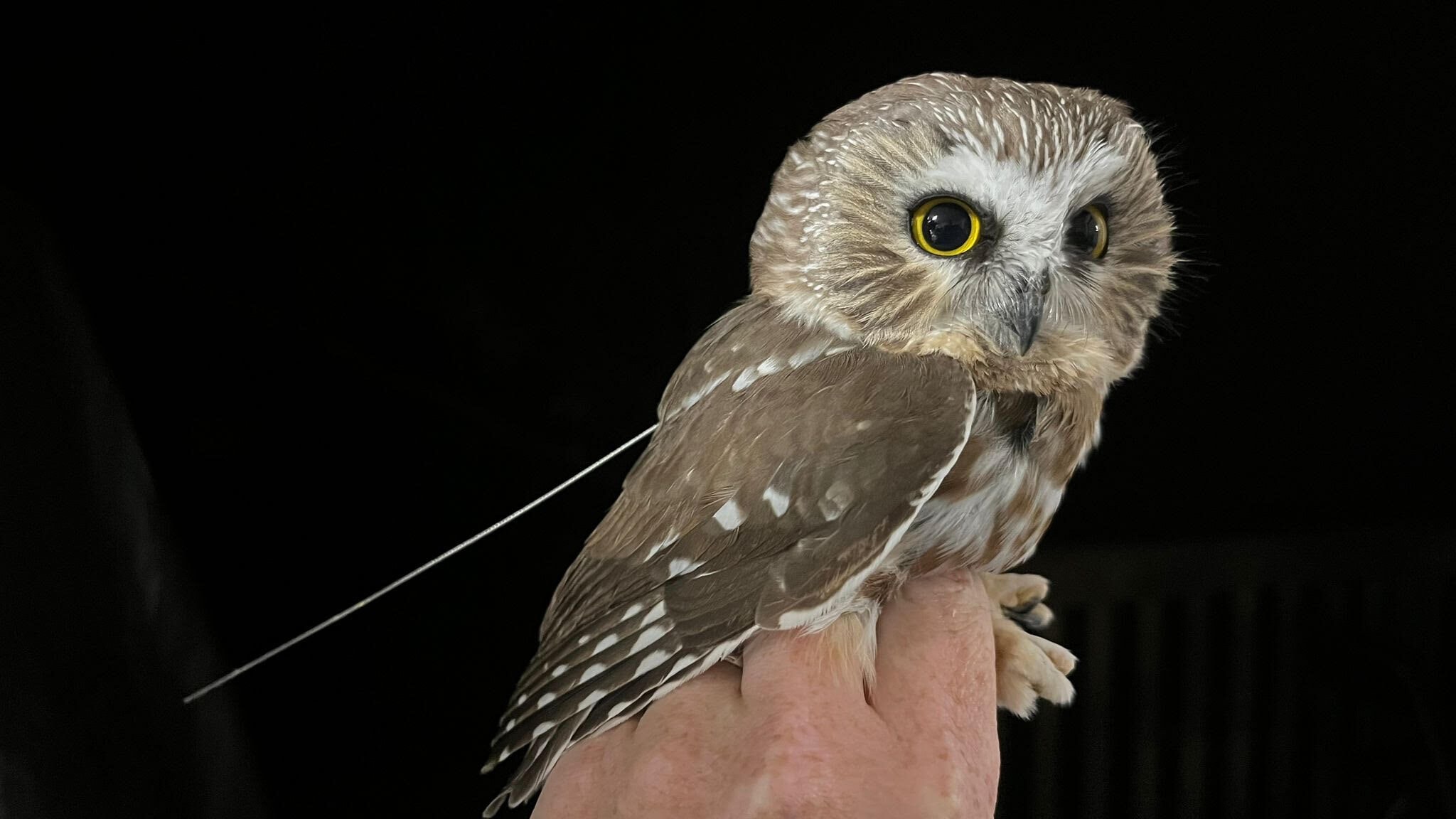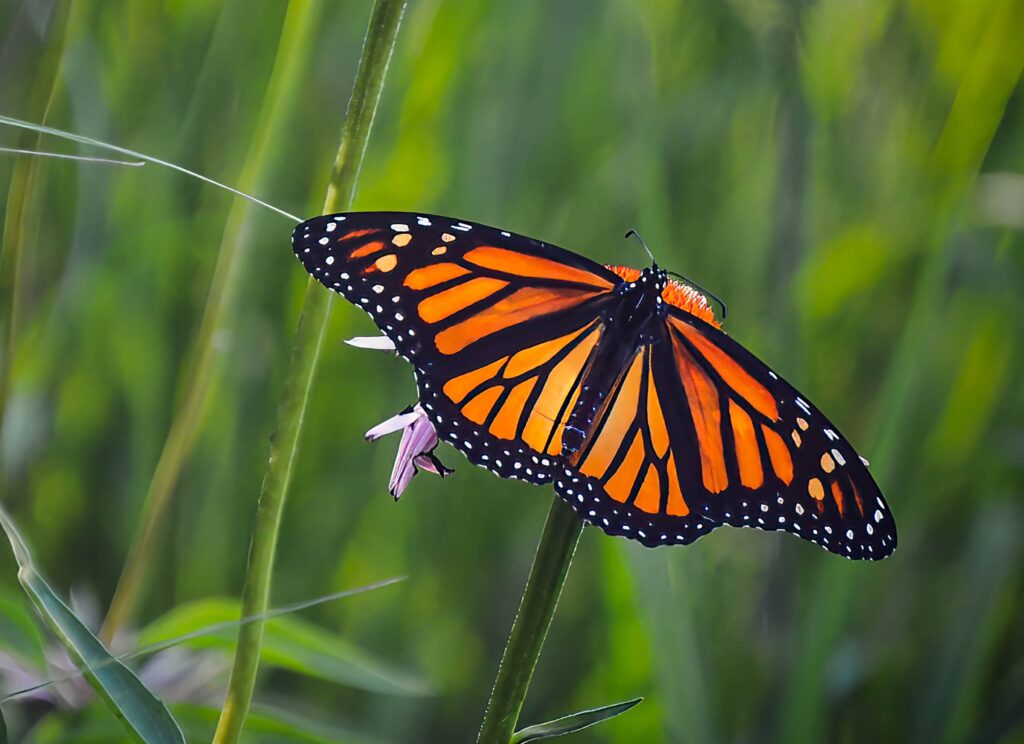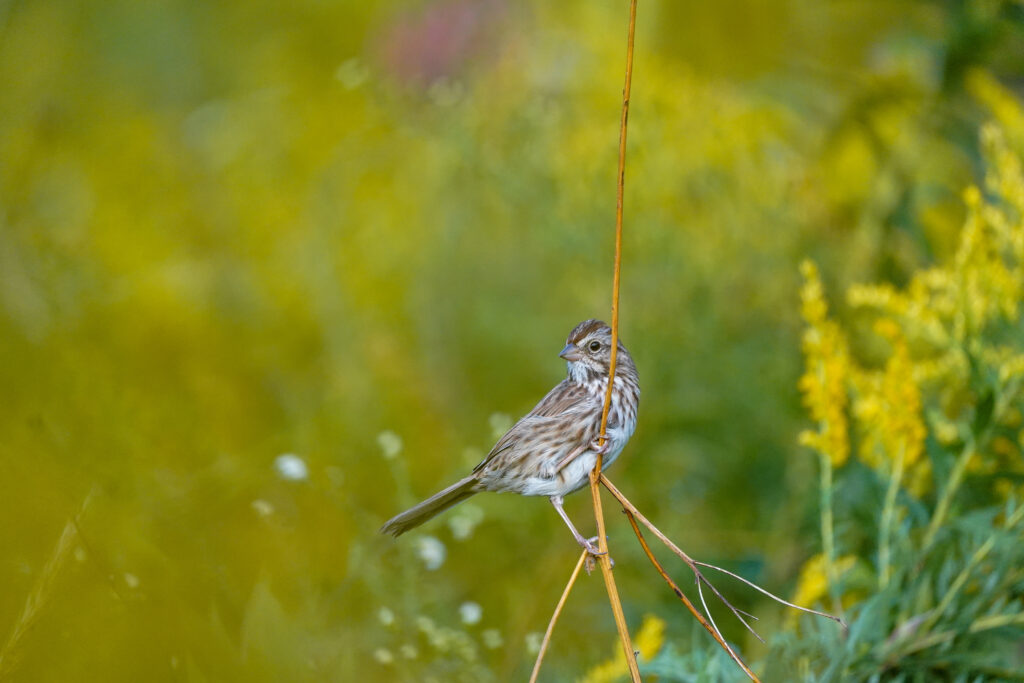By: Kate Etherington & Lauren McGrath
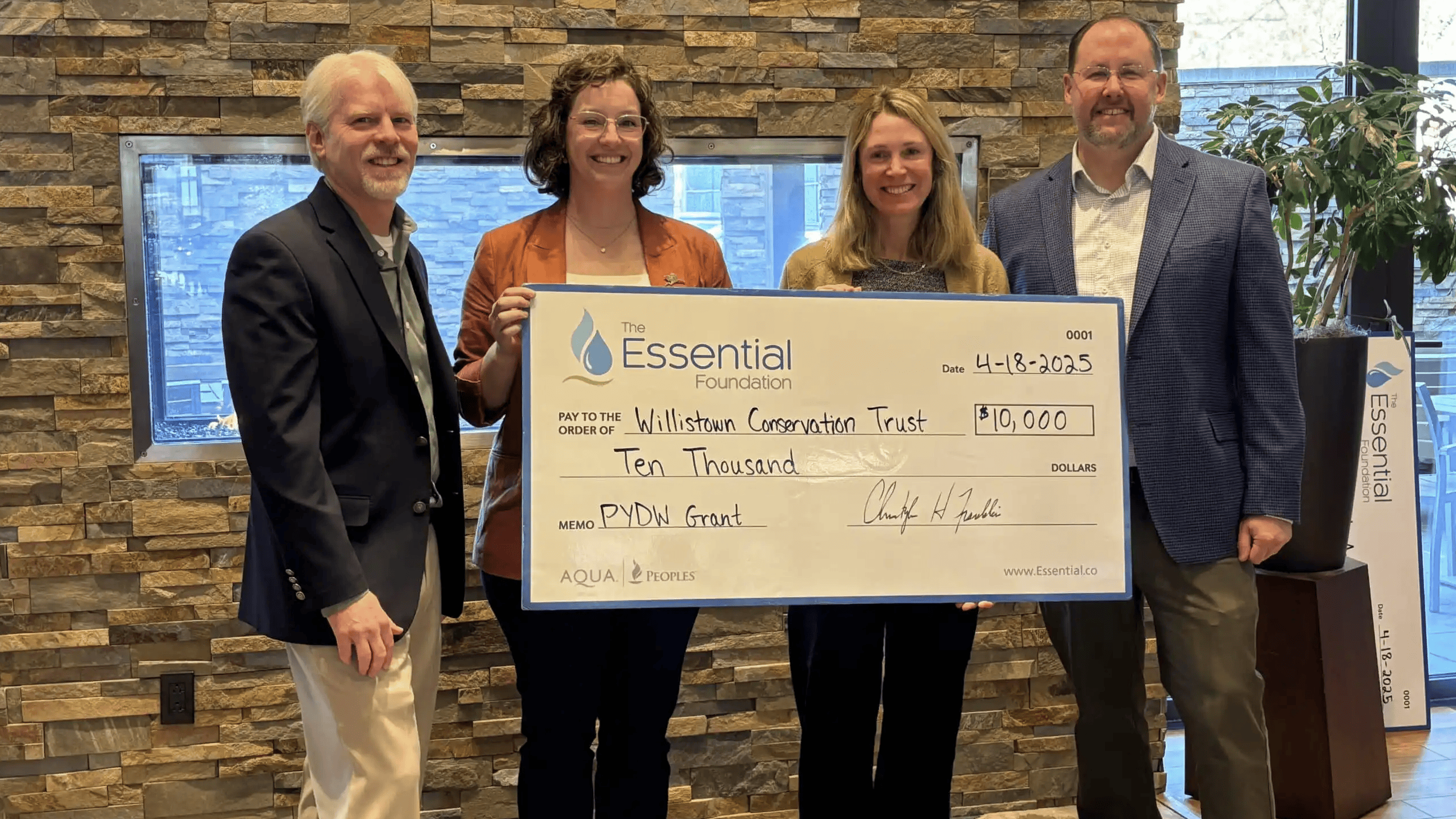
Willistown Conservation Trust (WCT) is thrilled to announce that our Watershed Protection Program has been awarded a $10,000 grant from Aqua Pennsylvania and the Pennsylvania Environmental Council (PEC). At a ceremony held on April 18, 2025, Executive Director Kate Etherington and Director of Watershed Protection Lauren McGrath proudly accepted the award, which will fuel the next phase of our critical work safeguarding the health of our local waterways — and, ultimately, the water you drink.
Since 2017, WCT’s Watershed Protection Program has made significant strides in understanding how land conservation directly impacts the health of small-order streams. Through rigorous, long-term monitoring, our team has gathered a wealth of data illustrating the powerful connection between human activity and water quality. These insights culminated in the 2022 publication of The State of Our Streams — a landmark report that drew on expertise across WCT’s Watershed, Bird Conservation, Agroecology, Land Protection, and Stewardship departments to reveal the intricate web linking land use, wildlife, and water health.
This new grant funding will enable WCT to publish a second edition of The State of Our Streams, incorporating three additional years of water chemistry data along with new findings from benthic macroinvertebrate surveys conducted between 2018 and 2023. Benthic macroinvertebrates — small, spineless creatures visible to the naked eye — play a vital role in freshwater ecosystems and are key indicators of stream health. Their presence (or absence) can tell us a great deal about the overall condition of our watersheds.
In addition to the macroinvertebrate analysis, the updated report will feature expanded chapters on sensitive wildlife species recently documented in our local streams, including freshwater mussels (Unionidae), river otters (Lontra canadensis), American mink (Neogale vision), and American beavers (Castor canadensis).
We are deeply grateful to Aqua PA and PEC for their continued partnership and support, and we are honored to stand alongside the other six grantee organizations working tirelessly to protect and restore the waters that sustain both people and wildlife. You can learn more about the grant and other grantee projects here.
